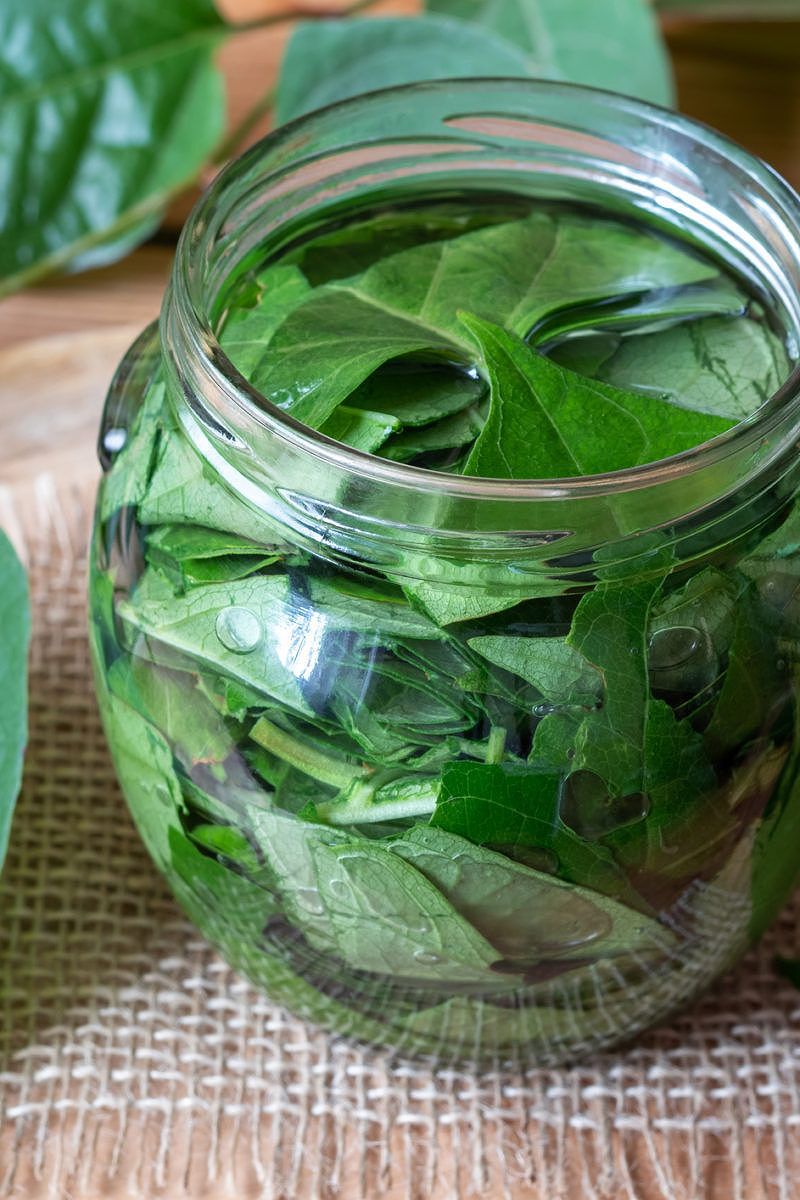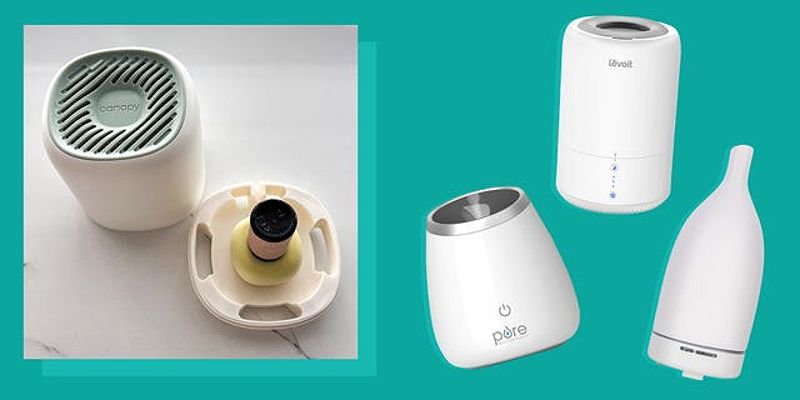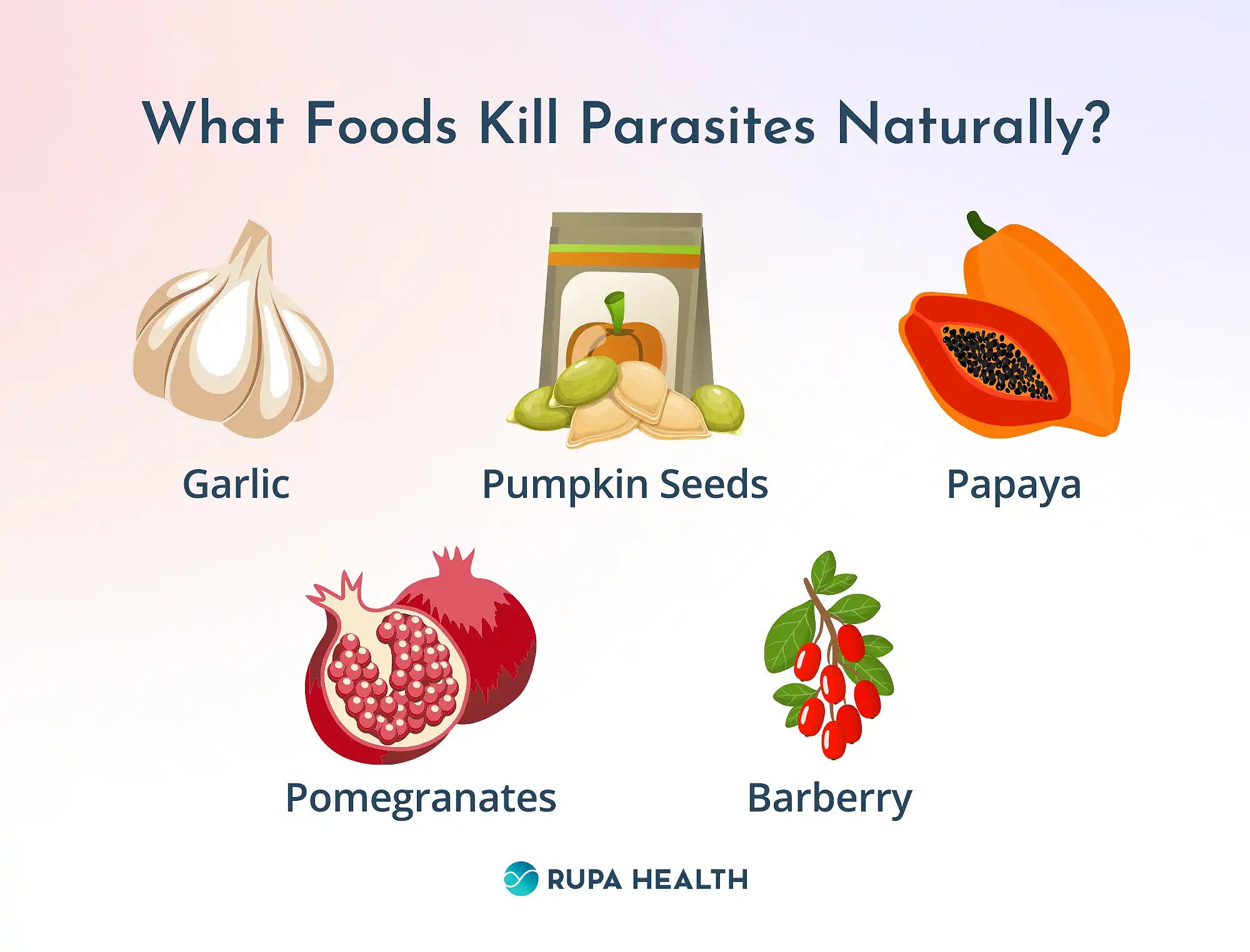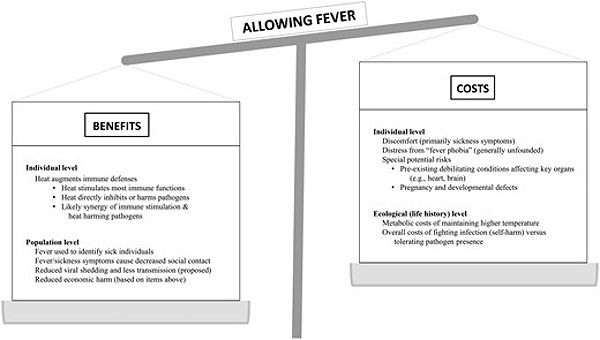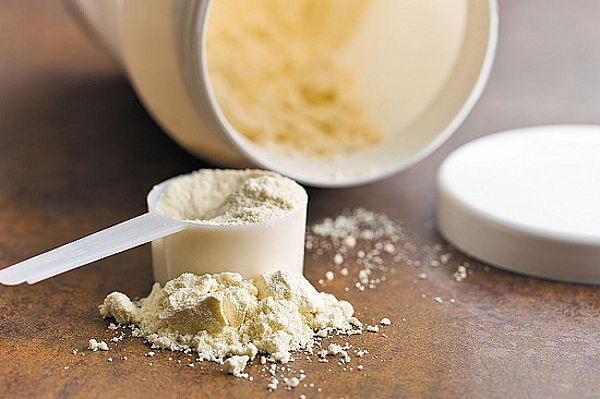The Best Diffuser For Essential Oils: A Pet-friendly Guide To Safe Scents
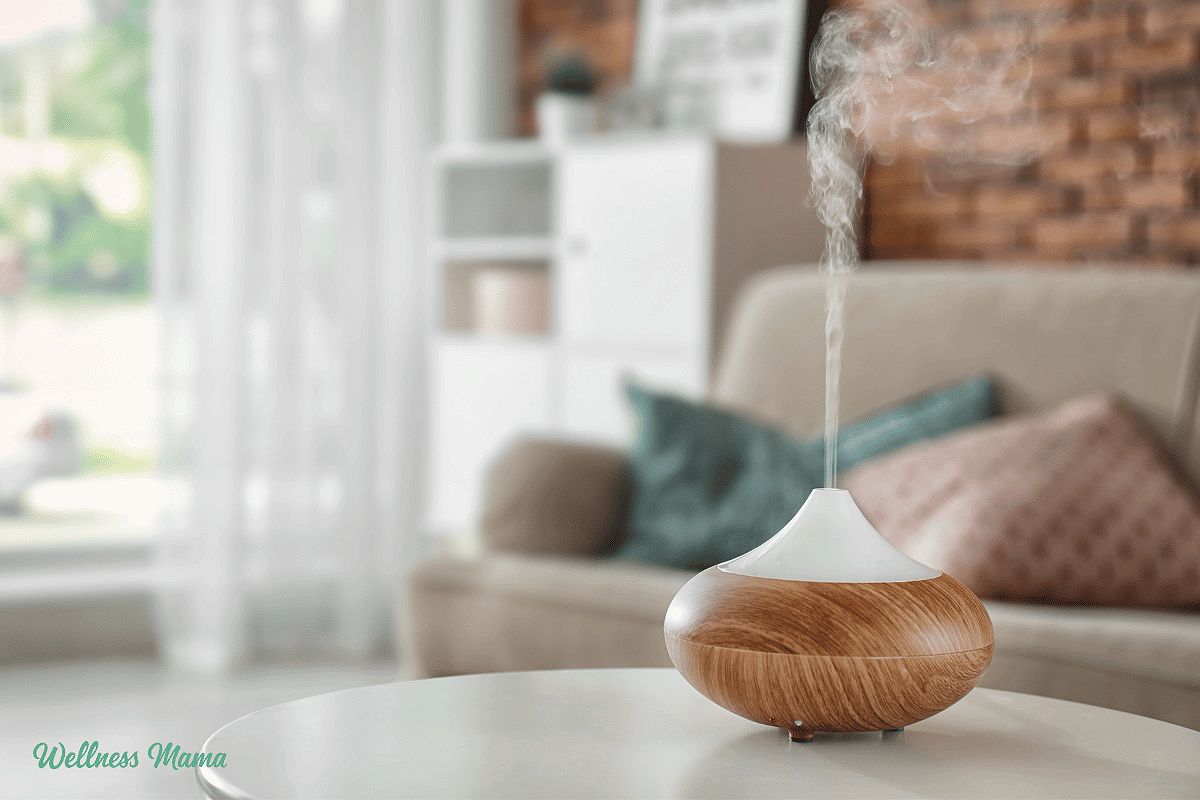
Essential oils have become increasingly popular for their therapeutic benefits, but their use around pets requires careful consideration. Contrary to popular belief, not all diffusers are created equal when it comes to pet safety. This comprehensive guide will delve into the nuances of selecting the best diffuser for essential oils, focusing on factors that ensure a harmonious experience for both you and your furry friends.
Understanding the Risks of Essential Oils for Pets
Toxicity: A Matter of Caution
Certain essential oils can be toxic to pets, leading to serious health issues. Common toxic oils include tea tree, citrus, and pine, which can cause respiratory problems, skin irritation, and neurological issues. For example, tea tree oil is particularly harmful to both cats and dogs, potentially resulting in lethargy, weakness, or even coma in severe cases.
To help you navigate this hazardous territory, we’ve compiled a list of some essential oils that are known to be toxic to pets:
| Essential Oil | Potential Effects on Pets |
|---|---|
| Tea Tree | Lethargy, weakness, coma |
| Citrus | Skin irritation, gastrointestinal upset |
| Pine | Respiratory distress, vomiting |
| Peppermint | Vomiting, diarrhea, respiratory issues |
| Eucalyptus | Depression, vomiting, diarrhea |
According to the ASPCA Animal Poison Control Center, essential oil poisoning cases have been on the rise in recent years, with citrus and pine oils being the most common culprits. It’s essential to exercise caution and familiarize yourself with the potential dangers these substances can pose to your pets.
Sensitivity: A Unique Consideration
Just like humans, pets can have individual sensitivities to various essential oils. A blend that works wonders for one pet may cause discomfort in another. Therefore, it’s essential to start with diluted oils and observe your pet’s behavior closely.
To ensure safety, consider these tips for introducing essential oils to your pet:
- Dilution: Always dilute essential oils before use. A good starting point is to mix one drop of essential oil with a carrier oil, like coconut or almond oil.
- Observation: Monitor your pet’s behavior during and after diffusion. Look for signs of discomfort, such as sneezing, scratching, or lethargy.
- Gradual Introduction: Introduce new scents gradually, allowing your pet to adjust without overwhelming their senses.
A study published in the Journal of the American Veterinary Medical Association found that cats, in particular, can be highly sensitive to essential oils, with even small exposures leading to respiratory distress and neurological issues. Paying close attention to your pet’s reactions is crucial for their safety.
Ingestion: A Dangerous Scenario
Pets are often curious and may be attracted to the enticing scents of essential oils, leading them to ingest them. Ingesting essential oils can be highly dangerous and even life-threatening. To prevent this, consider the following safety measures:
- Proper Storage: Store essential oils securely in cabinets or high shelves, out of reach of pets.
- Child-Proof Caps: Use essential oils with child-proof caps or lockable storage to minimize access.
- Awareness: Be mindful of your pet’s behavior around essential oils and diffusers to prevent accidental ingestion.
According to the Pet Poison Helpline, essential oil ingestion is a leading cause of pet poisoning, with symptoms ranging from vomiting and diarrhea to liver and kidney damage. Taking proactive steps to secure your essential oils is crucial for your pet’s safety.
Choosing the Right Diffuser for Your Pet
Selecting the best diffuser for essential oils in a pet-friendly home involves careful consideration of various factors. Here’s what to keep in mind:
Diffuser Types: Balancing Safety and Efficacy
When it comes to diffusers, not all types are suitable for homes with pets. Here’s a breakdown of popular diffuser types:
- Ultrasonic Diffusers: Considered the safest option for homes with pets, these diffusers use vibrations to create a fine mist, dispersing essential oils gently into the air. This method minimizes the risk of overwhelming your pets with concentrated scents.
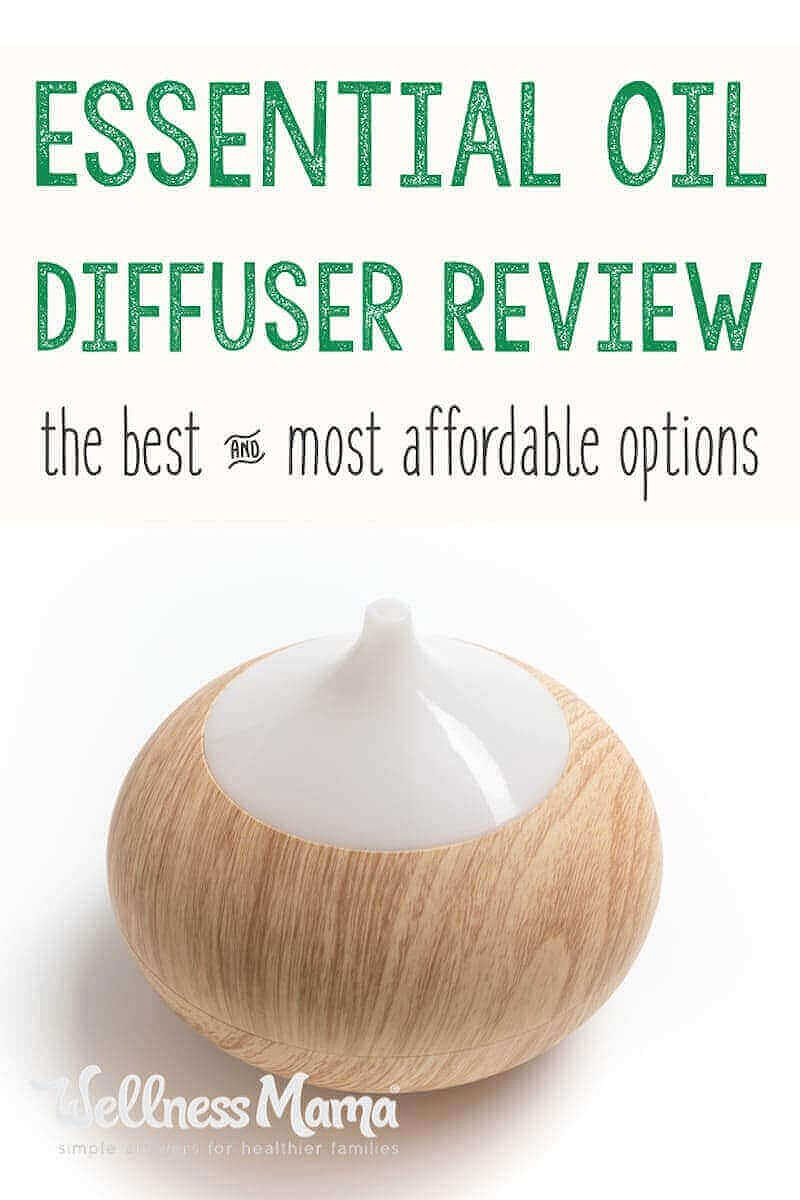
-
Nebulizing Diffusers: These diffusers use compressed air to atomize oils, creating a more concentrated mist. This may be too strong for some pets, making them less ideal for pet owners.
-
Evaporative Diffusers: These rely on airflow to disperse oils, but they can dilute the scent, making them less effective for those seeking strong aromas.
According to a survey conducted by the International Journal of Veterinary Science and Medicine, ultrasonic diffusers were the preferred choice for 89% of pet owners who use essential oils in their homes. Their gentle mist output and lower concentration of essential oils in the air make them the safest option for pet-friendly environments.
Mist Output: Adjusting for Your Pet’s Comfort
The amount of mist produced by a diffuser is critical for your pet’s comfort. Look for models with adjustable settings, allowing you to control the intensity of the aroma.
-
Low Output: Opt for diffusers that offer low, continuous mist output. This reduces the risk of overwhelming your pet with strong scents.
-
Intermittent Settings: Some diffusers come with timers or intermittent settings, enabling you to customize the duration and intensity based on your pet’s reactions.
A study published in the Journal of Feline Medicine and Surgery found that cats were less likely to exhibit behavioral signs of stress when exposed to lower concentrations of essential oils. Adjustable mist output allows you to create a more pet-friendly environment.
Placement: Strategizing for Safety
The placement of your diffuser can significantly impact your pet’s exposure to essential oils. Here are some tips for safe diffuser placement:
-
Elevated Surfaces: Position diffusers on elevated surfaces, such as shelves or tables, to keep the mist away from your pet’s direct breathing zone.
-
Well-Ventilated Areas: Use diffusers in well-ventilated rooms to ensure the essential oil particles are evenly distributed throughout the space, reducing the risk of concentrated exposure.
-
Avoid Enclosed Spaces: Do not place diffusers in small, enclosed areas where the scent can become overwhelming.
According to a report by the American Veterinary Medical Association, proper ventilation and diffuser placement are crucial for minimizing your pet’s exposure to essential oils, especially in smaller spaces.
Pet-Safe Essential Oil Blends
Not all essential oils are safe for pets, so it’s vital to familiarize yourself with pet-friendly options. Here are some blends that are generally considered safe for both cats and dogs:
Calming Blends: Promoting Relaxation
Certain essential oils are known for their calming properties, making them excellent choices for creating a soothing atmosphere. Consider using the following pet-safe oils:
-
Lavender: Widely recognized for its calming effects, lavender can help alleviate anxiety and promote restful sleep for both you and your pet.
-
Chamomile: Known for its soothing properties, chamomile can help calm nerves and create a relaxing environment.
-
Frankincense: This oil is often used for its grounding effects, making it a great addition to calming blends.
A study published in the Journal of Veterinary Behavior found that the use of lavender and chamomile essential oil blends helped reduce anxiety and stress-related behaviors in dogs. Incorporating these calming scents into your pet’s environment can contribute to a more tranquil atmosphere.
Here are a couple of simple recipes for calming blends:
-
Lavender & Chamomile Blend:
- 3 drops of lavender essential oil
- 2 drops of chamomile essential oil
- Mix with a carrier oil and diffuse.
-
Frankincense & Lavender Blend:
- 2 drops of frankincense essential oil
- 3 drops of lavender essential oil
- Combine with a carrier oil and diffuse.
Aromatherapy for Pets: Exploring the Benefits
While research is ongoing, some pet owners have reported benefits from using specific essential oil blends for their pets. These can include stress reduction and improved focus. Always consult with your veterinarian before introducing new oils into your pet’s environment.
A study published in the Journal of the American Holistic Veterinary Medical Association suggested that the use of essential oils, such as bergamot and cedarwood, may help alleviate anxiety and promote calmness in pets. However, it’s crucial to approach this with caution and seek professional guidance to ensure your pet’s safety.
DIY Blends: Customizing for Your Household
Creating your own essential oil blends allows you to cater to your pet’s specific needs. Experiment with a mix of pet-friendly oils, such as ylang-ylang, bergamot, and cedarwood. Here’s how to get started:
- Choose Your Oils: Select a combination of pet-safe oils that you believe will benefit your household.
- Mix and Test: Start with small amounts and test the blend to see how your pet reacts. Adjust the ratios based on their preferences.
When crafting your own blends, it’s important to research the safety of each oil and consult with your veterinarian to ensure their suitability for your pet. Slowly introduce new scents and monitor your pet’s response to find the perfect customized blend.
Tips for Safe Diffusing Around Pets
Using essential oil diffusers responsibly in a pet-friendly home requires mindfulness. Follow these guidelines for a safe experience:
Start Small: Gradual Acclimatization
Begin with short diffusion sessions, gradually increasing the duration as your pet becomes accustomed to the aromas. Start with 15-minute sessions and observe your pet’s behavior. If they appear comfortable, you can gradually extend the time.
A study published in the Journal of Veterinary Behavior found that pets exhibited fewer behavioral signs of stress when exposed to essential oils in shorter, intermittent sessions compared to longer, continuous diffusion.
Monitor Your Pet: Observing for Reactions
Keep a close eye on your pet during and after diffusion. If you notice any signs of discomfort, such as coughing, sneezing, or restlessness, discontinue use immediately.
Paying close attention to your pet’s reactions is crucial, as some animals may exhibit subtle signs of distress that are easy to miss. Discontinuing use at the first sign of discomfort can help prevent more serious health issues.
Ventilation: Ensuring Proper Air Circulation
Proper ventilation is crucial when using essential oil diffusers. Run the diffuser in well-ventilated areas, and consider opening windows or using fans to circulate air, ensuring your pet is not exposed to concentrated scents.
According to a report by the American Society for the Prevention of Cruelty to Animals (ASPCA), good air circulation is essential for minimizing the concentration of essential oils in the air, reducing the risk of respiratory distress or other health problems for pets.
Selecting the Best Diffuser for Essential Oils
When searching for the best diffuser for essential oils, particularly in a pet-friendly environment, consider the following features:
Ease of Use
Look for diffusers that are user-friendly and easy to clean. Models with simple controls and easy-to-remove water tanks make maintenance hassle-free.
A survey conducted by the Journal of the American Holistic Veterinary Medical Association found that pet owners prioritized ease of use and maintenance when choosing essential oil diffusers for their homes.
Size and Capacity
The size of the diffuser’s water reservoir is essential. Larger tanks can run longer without needing a refill, making them suitable for larger spaces.
When selecting a diffuser for your home, consider the size of the room and choose a model with a water tank capacity that can effectively cover the space without the need for frequent refills.
Noise Level
Some diffusers can be noisy, which may disturb your pets. Opt for models known for their quiet operation, especially if you plan to use them while your pet is resting. Ultrasonic diffusers are typically quieter than nebulizing models.
Minimizing noise is crucial for creating a calming environment for your pets. Quiet diffusers can help ensure your furry friends can rest peacefully while enjoying the benefits of essential oils.
Safety Features
Choose diffusers equipped with safety features, such as automatic shut-off when the water runs low. This is particularly important in homes with pets, as it minimizes the risk of overheating or damage if the diffuser is accidentally left on.
Safety features can give you peace of mind when using essential oil diffusers around your pets, reducing the risk of accidents or potential hazards.
FAQ
Q: Are essential oil diffusers safe for all pets?
A: No, not all pets react the same way to essential oils. Some animals, like birds, are particularly sensitive and should not be exposed to diffused oils. It’s important to research the specific oils that are safe for your pet’s species and adjust your usage accordingly.
Q: How often should I diffuse essential oils around my pet?
A: Start with short, intermittent diffusion sessions, gradually increasing the duration as your pet becomes accustomed to the aromas. Monitor their reactions closely and be prepared to stop if you notice any signs of discomfort.
Q: What should I do if my pet shows signs of essential oil sensitivity?
A: If your pet exhibits symptoms like coughing, sneezing, or lethargy after exposure to diffused oils, stop the diffusion immediately and provide fresh air. Consult your veterinarian to determine the best course of action and ensure your pet’s safety.
Q: Can I use essential oils for training my pet?
A: While some essential oils may help with focus and relaxation, it’s important to approach this carefully. Always consult with a veterinarian before using essential oils as a training aid, and ensure that the oils are safe for your specific type of pet.
Conclusion
Incorporating essential oil diffusers into your home can be a wonderful way to create a calming, therapeutic environment. However, when pets are involved, it’s crucial to prioritize their safety and well-being. By understanding the potential risks, selecting the best diffuser for essential oils, and using pet-safe essential oil blends, you can enjoy the benefits of aromatherapy while ensuring your furry friends are comfortable and secure. With a little care and attention, you can find the perfect diffuser that caters to the needs of your entire household.


